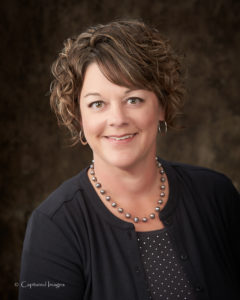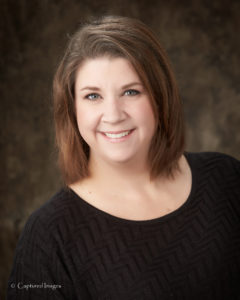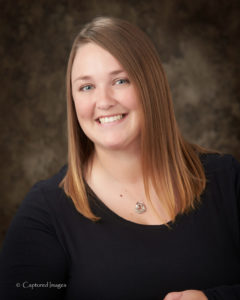
Maybe I’m just at that point in my life, but I always find it interesting when I get a chance to hear some of the personal stories of someone who has lived a full life. They are likely remembering back in their time. They are also sharing bits and pieces of what has molded their lives to be the person they are today.
All older adults have made their mark on their families, their communities, and beyond – whether they realize it or not. Just by the fact that they have lived life, they have had many trial and error and success experiences.
Older adults bring wisdom, experience and life history to younger adults’ perspectives on their future. Purposeful sharing and connections can be incredibly valuable to both of the individuals involved. We need to make time to visit with our older adult relatives and friends and encourage them to tell their stories.
Jumpstart those memories with questions, photos and portions of stories which you may already be aware. Let them fill in the blanks and the story behind the story.
Here are some questions to stimulate the stories:
— What kinds of toys and games did you play?
— What was your schooling like? You may learn their one-room school building had been moved from one location to another in the middle of the night as a result of a neighborhood feud.
— What were you paid for your first job?
— What was your favorite vacation spot?
— What would you like to tell your 22-year-old self?
— What do you think your 22-year-old-self would want to tell you?
— What are the best and worst pieces of advice you’ve received?
— What motivated you in life?
— What were some of the turning points in your life?
— Looking back, is there something you wish you had done that you did not?
— What are you most proud of?
These are samples of questions, and most will lead to many other questions and stories. Plan on several visits. Be sure to write them down or document them in some way to share with other family members and your younger generations.
Many countries revere their older adults where older age is honored and celebrated, and respect for elders is central to the family. Our western culture often depicts aging in a negative light. We have a lot to learn.
May is Older Americans Month. It’s a great reminder for all of us to find ways to celebrate the older adults in our own lives and communities.
K-State Research and Extension is an equal opportunity provider and employer









